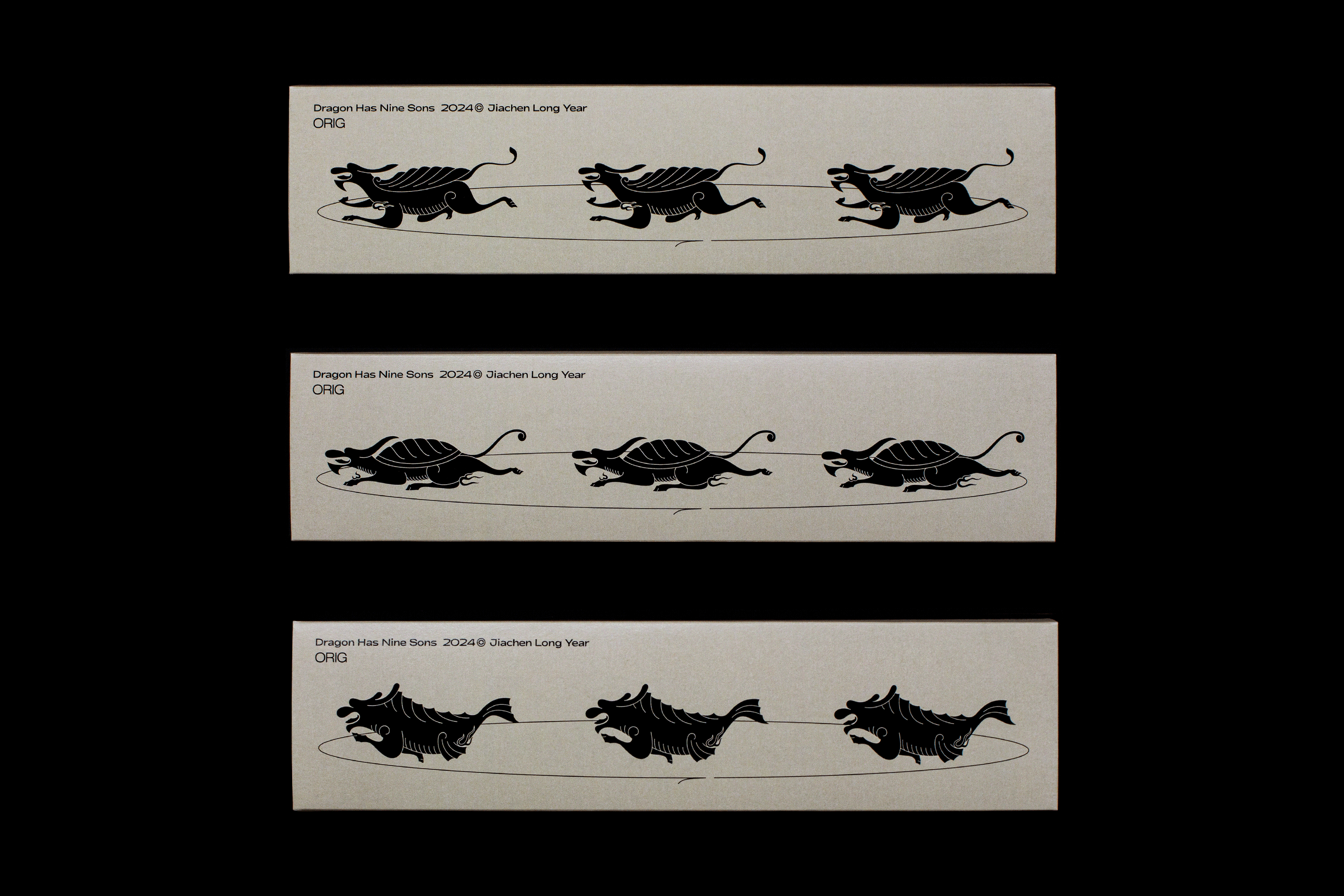THE GREY AREA
This book is a response to a brief I was given at London College of Communication to create an A3 publication in the themes of 'Structure and the City.' The publication offers an alternative perspective on a city by only focusing on the pavement. The publication discuss the honesty behind the griminess of the concrete, the significance of London infrastructures and ways to see through mediocrity to find astonishments.
This book combines editorial design, photography and illustrations.
Publication Size: A3
Cover Stock: Grey Board
Paper Stock: GFSmith Colourplan 135 gsm Natural
Special Techniques: Laser-cut, Screen-printed, and Embossed
This book combines editorial design, photography and illustrations.
Publication Size: A3
Cover Stock: Grey Board
Paper Stock: GFSmith Colourplan 135 gsm Natural
Special Techniques: Laser-cut, Screen-printed, and Embossed
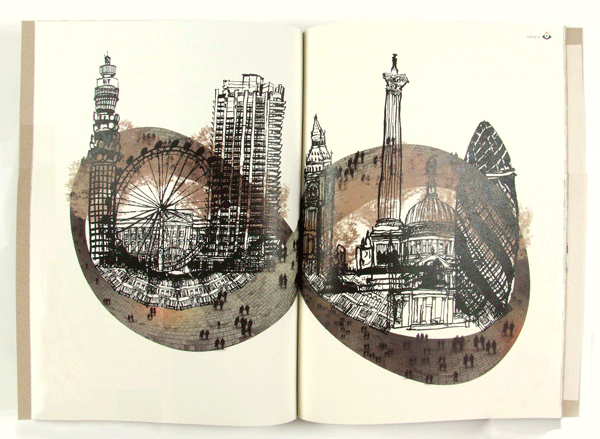
Below is excerpts from the book which I wrote, illustrated and photograph myself.

Whether we have a destination or it’s an aimless stroll. Walking is basic gait of locomotion of a human being. It is so mundane that we barely think about it. Our minds too, often simultaneously wander somewhere else. Sometimes an obnoxious advertisement will distract us, but it hardly will make us stop walking or put the breaks on that train of thought. We barely look at the surrounding environment, as it no longer excites us. A journey down an unfamiliar street will seem painstakingly slower compared to the ones done on a daily basis, given the same distance. This is because when we actually look at the our surroundings, a lot more information is taken in. We become uncomfortable.
Our brain chooses to look at things we want to look at. Something new and different, we know the sky is up and above, buildings and trees to the left and right, and the ground below. There is no need to pay much attention to them. It’s amazing how much we don’t notice.
Our brain chooses to look at things we want to look at. Something new and different, we know the sky is up and above, buildings and trees to the left and right, and the ground below. There is no need to pay much attention to them. It’s amazing how much we don’t notice.

So let’s take a moment, and appreciate those things, even if they might not be the prettiest inventions on Earth. The ugliest and the most mundane architecture have already been a big subject of criticism, the sky, even murky skies, is too broad and grand of a subject matter in such a short essay. I prefer to talk about something more humble and down to earth. The pavement is right beneath our feet.
Pavement, like oxygen in the air, we don’t notice their existence until it is absent. I have never heard anyone say, “Ah! The air smells so normal!” It is completely normal to take such things for granted, because otherwise we will have less space to think about other things for instance, the establishment of world peace.
Pavement, like oxygen in the air, we don’t notice their existence until it is absent. I have never heard anyone say, “Ah! The air smells so normal!” It is completely normal to take such things for granted, because otherwise we will have less space to think about other things for instance, the establishment of world peace.
There is nothing wrong with constantly looking forward, chasing the horizons and having ambitious goals. There is also nothing wrong with momentarily stopping and taking a breather, look around and examine what is around you. We are going to scrutinize the pavements, one of the most mundane elements of the city until we find something amazing and wonderful about them.

what do you do when you walk somewhere?
We smoke cigarettes, chew chewing gum, speak on our mobiles phones, listen to our iPods, you name it, anything to aid the journey. We constantly try and ignore our environment. We walk as quickly as we can. The only time we stop is at the crossing, and when we don’t, we get hit.
its 8:00 am, we are getting out of the house, we open our front door, and we set foot on the pavement. Whether it is to just cross over to your car, to walk to the tube, going for a run, the public space is unavoidable. It is usually the first thing we encounter when exiting a building. Pavements create threshold between buildings, pedestrian traffic and vehicular traffic and yet at same time, connect people to the city.
We smoke cigarettes, chew chewing gum, speak on our mobiles phones, listen to our iPods, you name it, anything to aid the journey. We constantly try and ignore our environment. We walk as quickly as we can. The only time we stop is at the crossing, and when we don’t, we get hit.
its 8:00 am, we are getting out of the house, we open our front door, and we set foot on the pavement. Whether it is to just cross over to your car, to walk to the tube, going for a run, the public space is unavoidable. It is usually the first thing we encounter when exiting a building. Pavements create threshold between buildings, pedestrian traffic and vehicular traffic and yet at same time, connect people to the city.

We did not always have these concrete carpets right in front of our doorsteps, although their history goes back to the city of Anatolia in the Bronze Age. They disappeared when the Romans conquered northern Europe. People then mingled with carriages and horses, on the old medieval cobbled streets. It was not only until after the Great Fire of London in 1666 did they reappeared, it became more common in the mid eighteen century after the Westminster paving act in 1751. There was a short history of London pavements being laid with wood in the beginning of the nineteenth century.
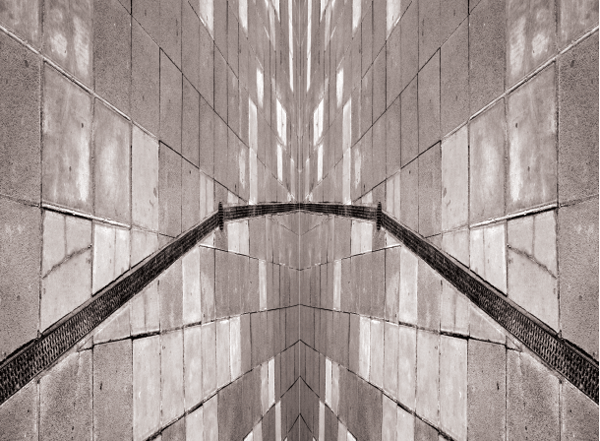
Lack of an external decorative façade on pavings can be honest indications of how organized, well treated, and structured an area is. As important as they are, pavement aesthetic is not a priority. As a part of the urban fabric, how it is juxtapose to the rest of the context matters. It is like looking at the same stitching in two different type of fabrics, how it sinks or stand out, whether it looks out of place and at the same time a piece of stitching keeps everything together.
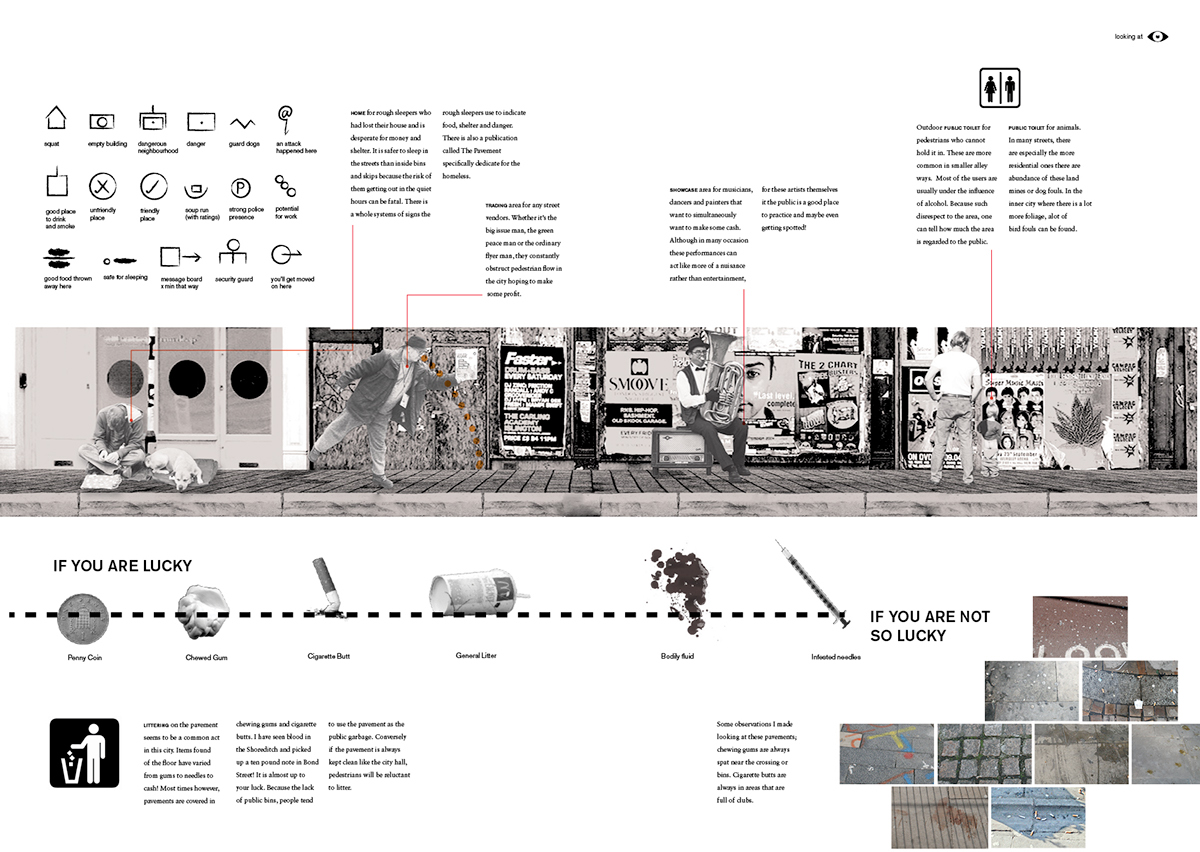
The pavement is a grey area. It is a no-man’s land, which ironically meant that it is every man’s land. Such intermediate space seems to be constantly taken advantage of. They use and abuse pavement like it is their own, and not takes responsibility that comes with ownership. It is no doubt walked all over– that is what the pavement is designed for. The issue here is not of pedestrians. Many of you would come across it, if one only strolled in central London. These rather creative curb side enterprises exist everywhere; the homeless man, the big issue guy, the green peace guy, the busker, the weird lady covered in silver paint, the hooker, they are everywhere and they out number you. If you were lucky enough you might even witness discourteous pedestrians do things that should have been done behind several closed doors in public.

Look down, these are not only slabs of concrete. These are piece of work meticulously engineered work, planned carefully to fit the surrounding, hand laid by hardworking road constructors. They spend weeks, even months laying sand over mortar over sand to create the ground you are walking on everyday. The have done all this to ensure your comfort and safety in the city.
These people make sure everyone, and I mean everyone, can access and use the pavement, visually sound, visually impaired, handicapped, and on wheelchairs. They make sure that the pavement doesn’t get flooded, and puddles are minimized so your beautiful shoes are not ruin. They even try to make these walkways look pretty.
These people make sure everyone, and I mean everyone, can access and use the pavement, visually sound, visually impaired, handicapped, and on wheelchairs. They make sure that the pavement doesn’t get flooded, and puddles are minimized so your beautiful shoes are not ruin. They even try to make these walkways look pretty.
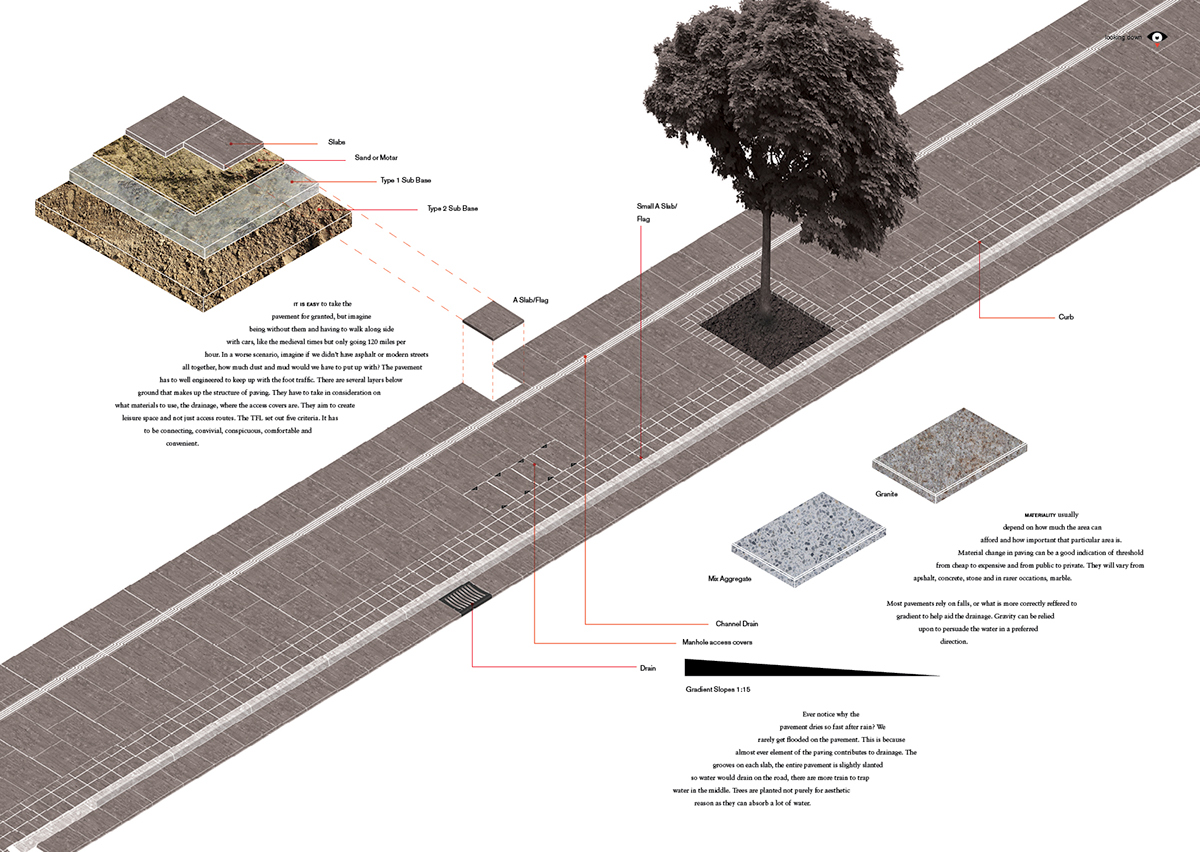
When the rain hits the pavement ground, it runs into the grooves of each slab, which runs down towards the 1:15 slope down to the nearest drain. Where does this go?
The water runs down into the underground sewers, the water infrastructure. During the nineteenth century, the River Thames was an open sewer, which has caused a disastrous public health cholera epidemic. London sewage system was built in the Victorian times and we have been using the same model since. With the ever ending growth of the city’s population, the current sewage system is once again starting to ruin the Thames.
In addition to clearing our waste, buried underground are water mains, electrical grid and gas mains. They are so vital to our everyday life that taking one of them out will be a life-changing situation. We would be living in the pre-industrial revolution times, lighting candles, sitting by the fire, and drinking water from the river.
The water runs down into the underground sewers, the water infrastructure. During the nineteenth century, the River Thames was an open sewer, which has caused a disastrous public health cholera epidemic. London sewage system was built in the Victorian times and we have been using the same model since. With the ever ending growth of the city’s population, the current sewage system is once again starting to ruin the Thames.
In addition to clearing our waste, buried underground are water mains, electrical grid and gas mains. They are so vital to our everyday life that taking one of them out will be a life-changing situation. We would be living in the pre-industrial revolution times, lighting candles, sitting by the fire, and drinking water from the river.
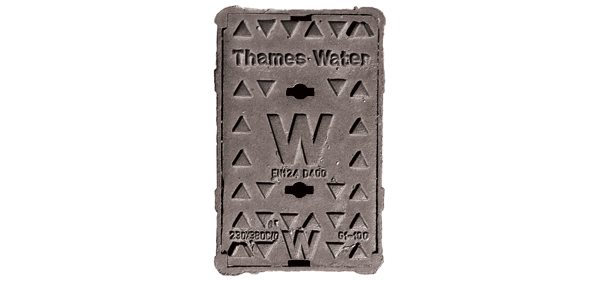
14 ways to say water
We constantly take for granted what has been provide to us. It only take three days for a human to die from dehydration, and yet we barely look at these little access covers. We just turn on the tap and hope what water comes out.
There are people in Africa that would walk many miles only just to look a water source. We are very lucky to have such luxury.
We constantly take for granted what has been provide to us. It only take three days for a human to die from dehydration, and yet we barely look at these little access covers. We just turn on the tap and hope what water comes out.
There are people in Africa that would walk many miles only just to look a water source. We are very lucky to have such luxury.
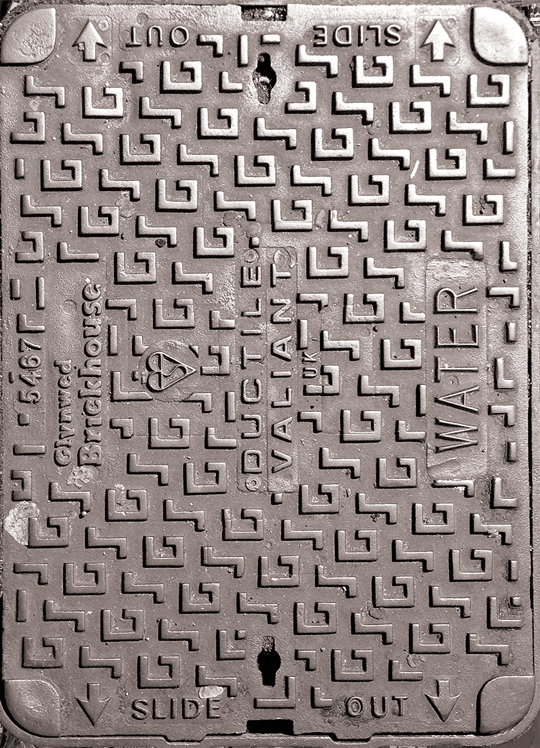
There is always a completely different dimension to things when they are examined very closely. Looking into the infrastructure of London will be like looking at a completely a different city. Perhaps one will look at London differently afterwards.
I hope that this visual essay have persuade you take interest of more mundane things life and find their inner beauty. Sometime city life can be visually tiring with everything trying to shout at you with avarice we forget to look down. Sometimes we are far too overwhelmed by what the media is telling us what to do that we forget to think about what we really need.
There is always something lying beneath the surface in this multi dimensional world. The reason we don’t see it is because we don’t look hard enough.
Our feet may be glued to gravity and our eyes aren’t.
LOOK AT MORE THINGS YOU ARE NOT SUPPOSE TO LOOK AT.
I hope that this visual essay have persuade you take interest of more mundane things life and find their inner beauty. Sometime city life can be visually tiring with everything trying to shout at you with avarice we forget to look down. Sometimes we are far too overwhelmed by what the media is telling us what to do that we forget to think about what we really need.
There is always something lying beneath the surface in this multi dimensional world. The reason we don’t see it is because we don’t look hard enough.
Our feet may be glued to gravity and our eyes aren’t.
LOOK AT MORE THINGS YOU ARE NOT SUPPOSE TO LOOK AT.

